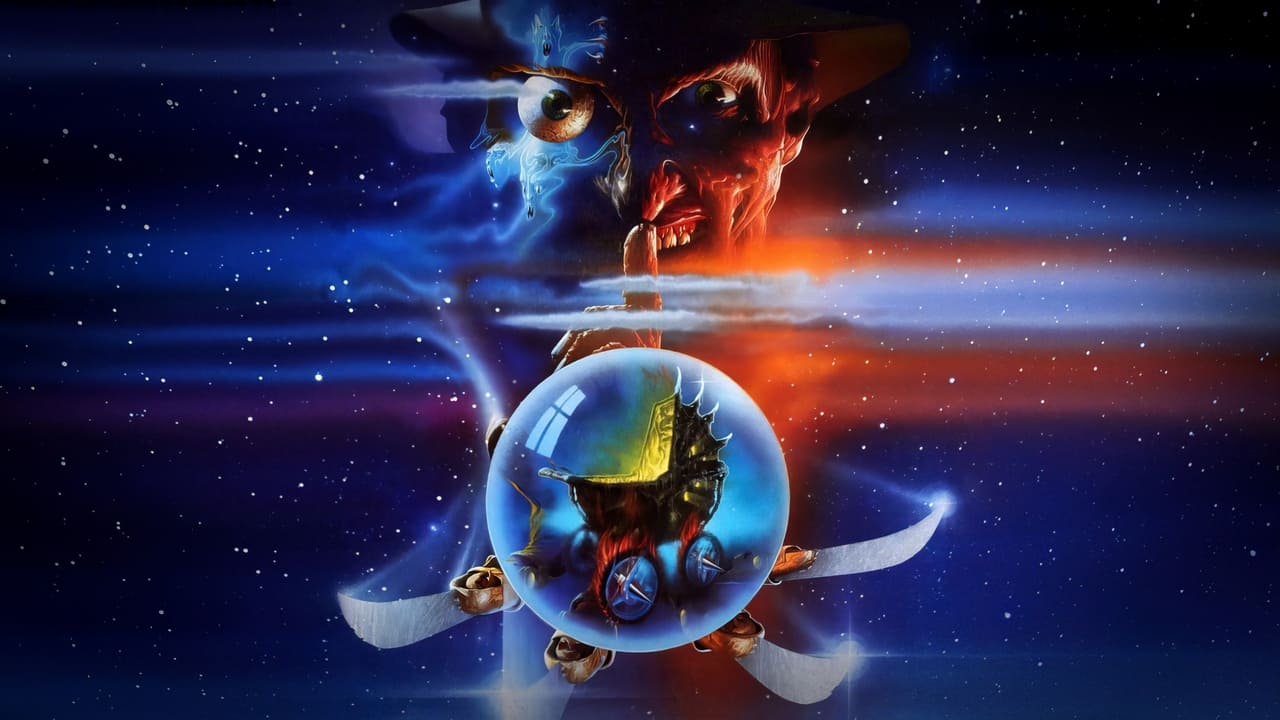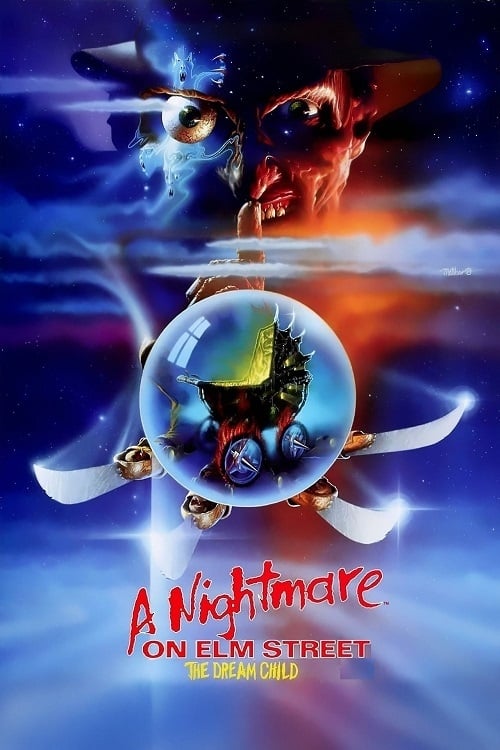
 A Nightmare on Elm Street: The Dream Child
— Freddy delivers.
A Nightmare on Elm Street: The Dream Child
— Freddy delivers.
A Nightmare on Elm Street: The Dream Child

Alice finds the deadly dreams of Freddy Krueger starting once again. This time, the taunting murderer is striking through the sleeping mind of her unborn child.






















My favourite so far. This is what I expected a dream demon horror movie was gonna be like when I started this series. Even Alice developed more of a character beyond picking up traits from her killed friends. I wish the whole series was like this. I also recognised Jacob as the kid from Jurassic Park.